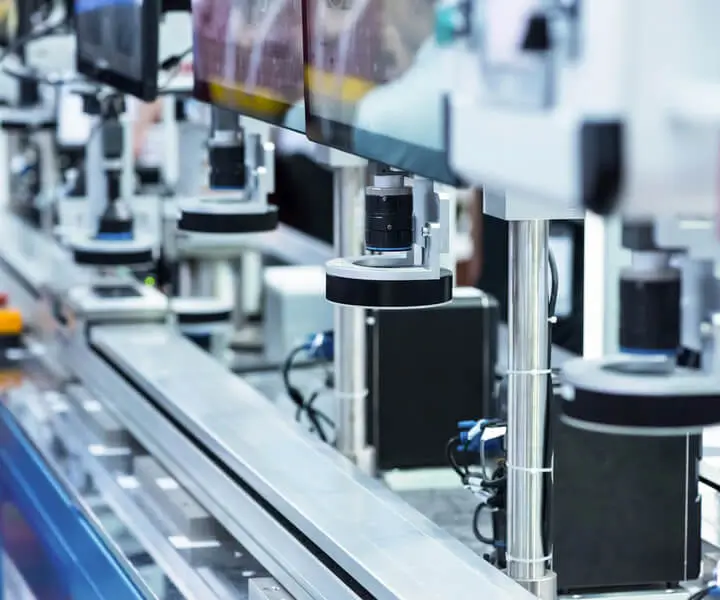Ever thought about why Kafka is suddenly everywhere in the microservices world? Seriously, it’s like the backbone of modern distributed systems. Imagine you’ve got different parts of an app talking to each other—orders come in, payments process, notifications ping out—reliable, quick, and without chaos. That’s where Kafka steps in, seamlessly connecting these moving pieces without breaking a sweat.

So, what makes Kafka such a game-changer? For starters, it's built for high throughput. You can stream millions of events every second without blinking. That’s crucial when running a service that handles thousands of user actions per minute. Unlike traditional messaging queues that bottleneck easily, Kafka keeps everything flowing smoothly. Think of it like an unstoppable highway of data, allowing your microservices to stay in sync without choking on traffic jams.
Ever run into data loss issues? Kafka is designed for durability. Messages aren’t just whisked away into thin air; they’re stored reliably across several nodes. Even if one server crashes, the data is intact and ready to be processed. This makes sure your systems stay resilient, reducing downtime risks. Plus, Kafka's distributed architecture means you can scale out as your business grows, without losing performance or stability. It’s like adding extra lanes to your data highway—they just keep opening up.
And then there’s the flexibility. Kafka isn’t rigid. It’s capable of handling real-time data streaming or batch processing, depending on what your project demands. For example, if you want to update a dashboard immediately when new user data arrives, Kafka’s there. Same when you need to analyze historical trends later—you can store data for later consumption.
You might wonder, “But isn’t that complicated?” Not really. The tools Kafka offers make integrating it into microservices pretty straightforward. You can have independent services publishing to or subscribing from Kafka topics. No more tangled code that’s fragile and hard to maintain. Instead, your systems become like well-orchestrated layers that communicate with clarity and efficiency.
Sometimes you face questions like, “Is it really necessary to bring Kafka into the picture?” Well, if you’re serious about building resilient, scalable, and adaptable microservices, then yeah, it’s pretty much non-negotiable. It’s the secret sauce that keeps everything running smoothly, handling the complexities of modern apps without breaking a sweat.
Using Kafka isn’t just about keeping things ticking—it’s about future-proofing your infrastructure. When new features roll out or traffic spikes unexpectedly, Kafka absorbs the shock. It lets your microservices breathe, grow, and evolve without constant stress about data flow hiccups.
All of this makes it clear—Kafka isn’t just another tech buzzword. It’s a cornerstone for reliable, high-performing microservice architecture. Companies that leverage Kafka often notice faster development cycles, better fault tolerance, and a more flexible architecture overall. That’s why it’s quickly becoming essential in the toolkit of any modern digital enterprise.
Established in 2005, Kpower has been dedicated to a professional compact motion unit manufacturer, headquartered in Dongguan, Guangdong Province, China. Leveraging innovations in modular drive technology, Kpower integrates high-performance motors, precision reducers, and multi-protocol control systems to provide efficient and customized smart drive system solutions. Kpower has delivered professional drive system solutions to over 500 enterprise clients globally with products covering various fields such as Smart Home Systems, Automatic Electronics, Robotics, Precision Agriculture, Drones, and Industrial Automation.




































